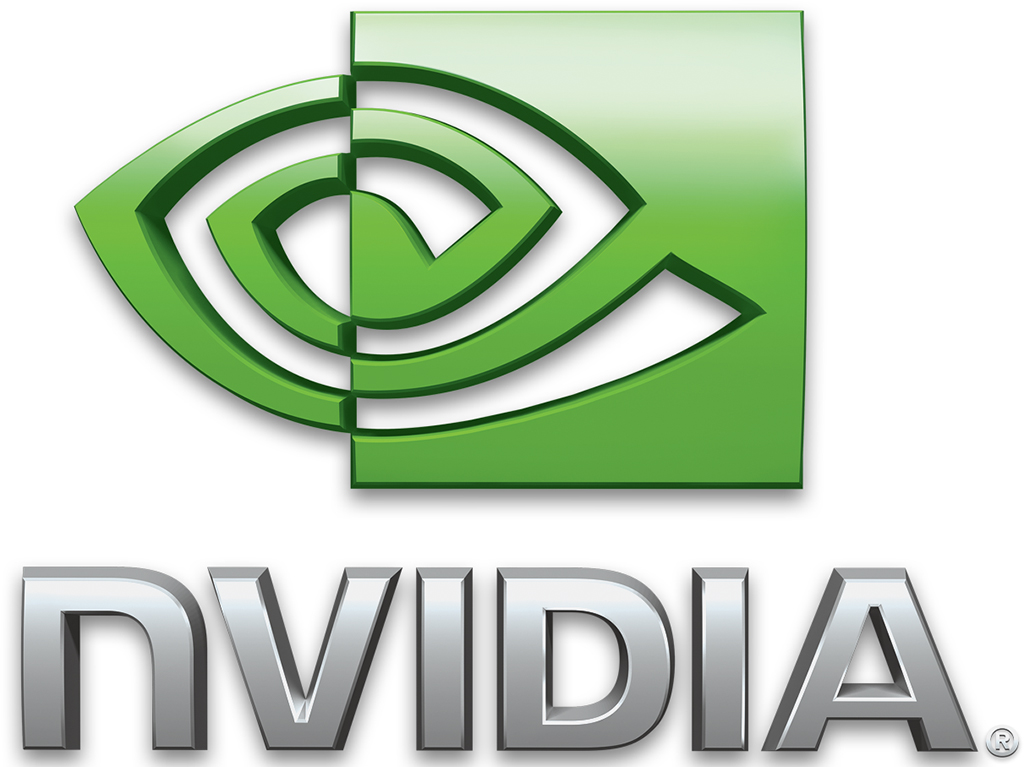Nvidia to Demo VoLTE, LTE Gaming at MWC 2012
Next week at MWC 2012, Nvidia is demoing LTE gaming using its software defined radio modem, and seamless voice call switching between 3G and LTE networks.
Earlier this week, Nvidia revealed the very first smartphone, the ZTE Mimosa X, to feature all-Nvidia chips -- namely the Tegra 2 and Icera 450 HSPA+ modem. Then on Tuesday it announced a partnership with GCT Semiconductor and Renesas Mobile to add LTE support to its quad-core Tegra 3 SoC. Now the company plans to showcase its recently-acquired Icera technology next week at Mobile World Congress 2012 including Voice over LTE (VoLTE) and live LTE gaming.
"For VoLTE, we’ll demonstrate seamless handover of voice calls from an LTE network to a circuit-switched WCDMA 3G network, and vice versa, using Single Radio Voice Call Continuity (SRVCC) with HD quality voice (known in the industry as AMR-WB or Adaptive Multi-Rate-Wideband)," Nvidia's Stan Boland said in a blog on Friday.
Boland explains that SRVCC enables voice calls to seamlessly hop between 4G and 3G networks, which will exist side by side for some time to come. This is good for operators like AT&T and Verizon as they work to kick their voice traffic off the aging 3G donkey and over to the zippier 4G LTE race horse. Once that migration happens, they'll be able to re-use the 3G spectrum for super-fast LTE technology.
SRVCC relies on a single radio in the handset for hand-off. It also relies on a single multimode baseband processor like the Icera LTE modem which supports LTE VoIP and circuit-switched 3G. The Icera solution replaces the need for using two separate basebands for each air interface, and allows for smaller phone designs, lower power consumption and longer battery life.
Also at the show Nvidia plans to demo live LTE-based gaming using its software defined radio (SDR) modem. This actually crams 4G, 3G and 2G radio technologies into one package while also implementing full handover capabilities that operators will need next year. The Nvidia Icera LTE modem leverages this technology which Boland says will enable software upgradable functions to OEMs and carriers, offering high throughput and best-in-class power and small die size.
"The Nvidia Icera modem is currently used more than any other modem to validate LTE handover test cases designed to meet the requirements set by global standards organizations," he said. "This means consumers will experience a smooth and fast connection, regardless of whether they are using an LTE, 3G or 2G network."
He added that Nvidia's SDR technology will enable faster time to market for new air interface technologies and lower R&D expenses for handset manufacturers. That said, Nvidia is adding a "bevy" of wireless technologies to its 2012 - 2013 roadmap including LTE FDD, TD-LTE, 42Mbps Dual Carrier and TD-SCDMA in addition to existing HSPA+, HSPA and 2G technologies.
Get Tom's Hardware's best news and in-depth reviews, straight to your inbox.
So what about the LTE gaming? Guess we'll see more of that demo during the show next week!

Kevin Parrish has over a decade of experience as a writer, editor, and product tester. His work focused on computer hardware, networking equipment, smartphones, tablets, gaming consoles, and other internet-connected devices. His work has appeared in Tom's Hardware, Tom's Guide, Maximum PC, Digital Trends, Android Authority, How-To Geek, Lifewire, and others.
-
esrever dragonsqrrlWhy would Nvidia demo Kepler at MWC?it doesn't have to be at MWC, it could be anywhere :PReply -
Nice, accurate and to the point. Not everyone can provide information with proper flow.Reply
www.mobileprice.pk/HTC-Mobiles.html -
rualexru Any speculation on how much of an effect the SDR modem can have on battery life?Reply
A separate radio for each band VS just one which "implements all three radio technologies – 4G, 3G and 2G"
http://blogs.nvidia.com/2012/02/nvidias-icera-modem-hooks-up-into-voice-over-lte-volte-and-gaming/
Does Qualcomm have anything similar to this?
Do they even have a quad core processor before Q4? No.
http://www.tomshardware.com/news/qualcomm-cpu-snapdragon-processor-LTE,14776.html
"Tegra 3 is well-positioned and should deliver "renewed growth". Total
Tegra sales in 2011 were about $360 million, Nvidia said. For 2012,
the company expects "at least" $540 million, the majority of which
will be generated via Tegra 3, CEO Jen-Hsun Huang said."
http://www.tomshardware.com/news/nvidia-q42011-earnings-28nm,14726.html
Nvidia expects to ship Tegra 3 phones by the end of March.
http://www.tomshardware.com/news/Nvidia-Smartphones-Tegra-3-Quad-core-phones,14729.html -
nebun fb39ca4yay more ways to exceed our data capswhat data cap?.....i still have unlimited data :)Reply -
yapchagi jeezzz enough with tablet/cellphone thing...MAN!!! EVERY SINGLE TIME!!! Where is GTX 680?????????????????????Reply
